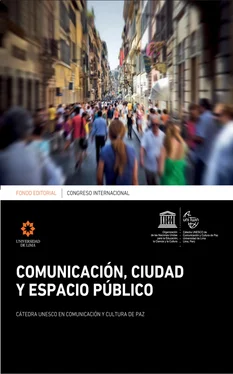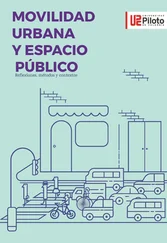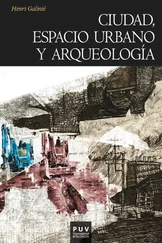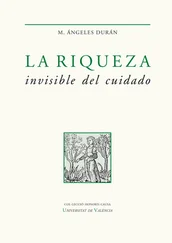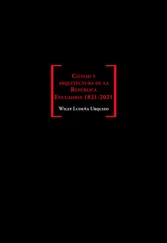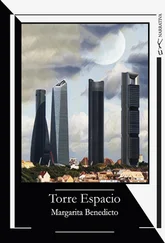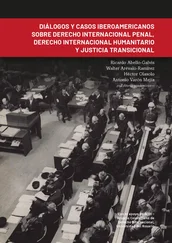Esta publicación es resultado de esas colaboraciones y reúne los aportes referidos, directamente, al aspecto urbano y arquitectónico. Algunos textos se desarrollan a partir de la infraestructura y las telecomunicaciones, otros hacen énfasis en el desarrollo sostenible y la eficiencia urbana, así como algunos abordan temas referidos al derecho a la ciudad, la participación ciudadana y las variables socioculturales que interactúan en el marco físico de la ciudad.
Agradeciendo estas contribuciones, este volumen se suma a aquellos otros que, desde la pertinencia de la comunicación, buscan explicar o interpretar las dinámicas actuales y las nuevas tendencias que se configuran en nuestras ciudades: esas otras contribuciones del Congreso son: el libro publicado en colaboración con la editorial francesa Les Éditions de L’Immatériel, titulado Communication, ville et space public , y las ediciones 30 y 31 de Contratexto , la revista de la Facultad de Comunicación de la Universidad de Lima.
Esperamos que este volumen final sea de especial interés para nuestros lectores.
Ángeles Maqueira Yamasaki Oficina de Proyectos Académicos Carrera de Arquitectura
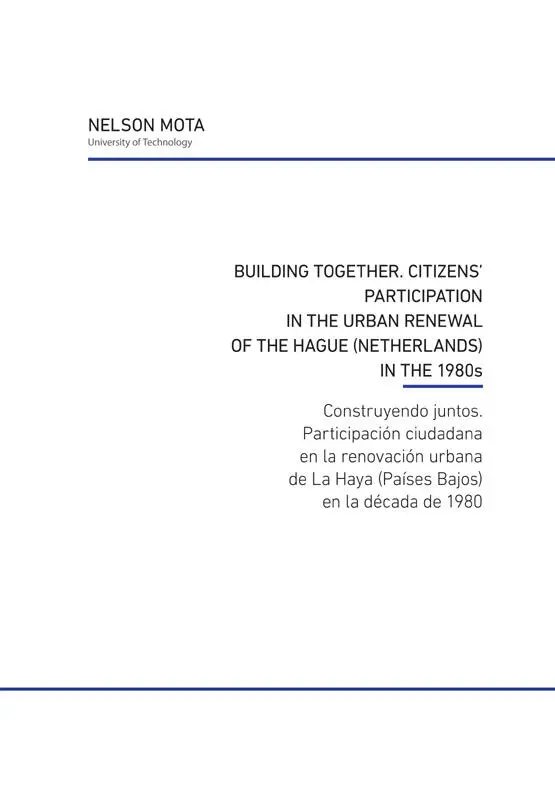
ABSTRACT
This article examines the design decisionmaking process for the urban renewal of The Hague (The Netherlands), developed in the 1980s. The article investigates in particular the process related with the development of a plan ( deelgebied 5) and a project ( Punt en Komma), designed by the Portuguese architect Álvaro Siza. Using this case study, the article discusses the role of the architect as a social mediator, and its particular relevance in housing processes developed with citizens’ participation. Drawing on an intellectual framework defined by the concept of “open work” (Umberto Eco) and the dialectical relation between modernity and ambivalence (Zigmunt Bauman), this article suggests that meaningful communication between authors and addressees does not entail a complete elimination of the power of expertise. Instead, this article contends that stimulating the users’ confrontation with the ambiguities and contradictions of the design process is an import feature to enhance the quality of citizens’ participatory in design decision-making processes.
KEYWORDS
Housing, Urban Renewal, Citizens’
Participation, Architecture, The Netherlands,
Álvaro Siza
RESUMEN
En este artículo analizaremos el proceso de toma de decisiones sobre diseño, desarrollado en los ochenta, para renovar la ciudad de La Haya. Investigaremos en especial el proceso relacionado con el desarrollo de un plan ( deelgebied 5) y de un proyecto ( Punt en Komma ), diseñados por el arquitecto portugués Álvaro Siza. Basándonos en este caso de estudio, examinaremos el papel del arquitecto como mediador social y su especial pertinencia en procesos de viviendas desarrollados con la participación de los ciudadanos. Inspirados en un marco intelectual definido por el concepto “obra abierta” (Umberto Eco) y la relación dialéctica entre modernidad y ambivalencia (Zigmunt Bauman), sugerimos en este trabajo que la comunicación significativa entre autores y destinatarios no implica la erradicación del poder de los conocimientos. Por el contrario, sostenemos que estimular la confrontación de los usuarios con las ambigüedades y las contradicciones del proceso de diseño es un factor importante que sirve para mejorar la calidad de participación ciudadana en los procesos de toma de decisiones sobre diseño.
PALABRAS CLAVE
vivienda, renovación urbana, participación
de los ciudadanos, arquitectura, Países Bajos,
Álvaro Siza
One of the targets in the United Nation’s Sustainable Development Goals highlights the importance of citizen’s participation to develop inclusive, safe, resilient and sustainable cities. By 2030, target 11.3 aims at, “enhance inclusive and sustainable urbanization and capacity for participatory, integrated and sustainable human settlement planning and management in all countries” (UN, 2015). This target explicitly relates the development of inclusive cities with processes of co-creation and meaningful communication. Indeed, to build the millions of new housing complexes needed to accommodate the rapid urbanisation of the global South we need to critically rethink the system of interrelations woven in design decisionmaking. In this context, to cope with this major societal challenge, there are lessons from the past that can be useful to accomplish a more sustainable urban development. In particular, the urban renewal movement developed in Europe from the 1960s until the 1980s can contribute important guidelines to tackle the urbanization challenges of the coming decades.
In the late 1960s, there was a widespread drive to create meaningful communication between social groups that lived in opposite sides of the political and economic spectrum. Grassroots movements for the empowerment of ordinary citizens gained momentum and would underpin the growing acceptance of citizens’ participation in design decision-making processes. In the 1970s, the visibility of this phenomenon increased in Western Europe with the emergence of urban renewal as an alternative to the welfare state mass housing policies employed hitherto. A common token of the new urban renewal policies was challenging the post-war emphasis on central planning, standardization, and serial mass housing production. Instead, these new policies championed a more situated approach, attempting to re-connect housing policies with its social significance, going beyond a mere productive and regulatory approach. This political agenda was designed to overcome the conflicting relations between the collective and the singular, and thus it has influenced the relation between the planner/designer and the citizen/user. This relation became more interweaved, and triggered a reconceptualization of the role of the architect in design decision-making processes.
In this context, thus, what was the contribution of aesthetic communication in the reassessment of the nexus between author and addressee in the design disciplines? What was the extent to which architectural expertise contributed to bridge the gap between the universal visual order of the architecture sponsored by the welfare state and the subjectivity of emancipated citizens?
To contribute possible answers for these questions, this paper will discuss the importance of communication in Álvaro Siza’s approach to design decision-making with citizens’ participation. I will focus in particular in the design process of the Punt en Komma housing complex, a project developed from 1984 until 1988 as part of the urban renewal of the Schilderswijk district, a multicultural neighbourhood in the Dutch city of The Hague. The paper will be divided in two parts. In the first part I will discuss the intellectual background against which citizens’ participation in design decision-making emerged as a counter proposal to the power relations consolidated during the 1950s and 1960s. The idea of open work, as defined by Umberto Eco (Eco, Opera Aperta , 1962), will be examined in detail. It will be discussed as a strategy of aesthetic communication that attempts to reconcile the author with the addressee, a key aspect to mediate the relations between the expert (the designer) and the user (the dweller).
In the second part of the paper, I will examine in detail Álvaro Siza’s project for the urban renewal of the Schilderswijk district, with an emphasis on the design decision-making processes of deelgebied 5 ’s plan and the dwelling layout of the Punt en Komma housing blocks. To illustrate the background against which these processes ensued, I will discuss the most relevant urban and demographic challenges of the district, in particular the tense social relations between the different ethnic groups living in the area. The fundamental aspects of Siza’s plan for the neighbourhood will then be presented and the contribution of citizens’ participation in the process will be discussed. The relevance of the Spatial Development Laboratory ( Ruimtelijk Ontwikkelings Laboratorium , ROL, a system to develop full scale models of the typical dwelling units), will be further accounted as a novel method to involve residents in housing design decision-making processes.
Читать дальше
